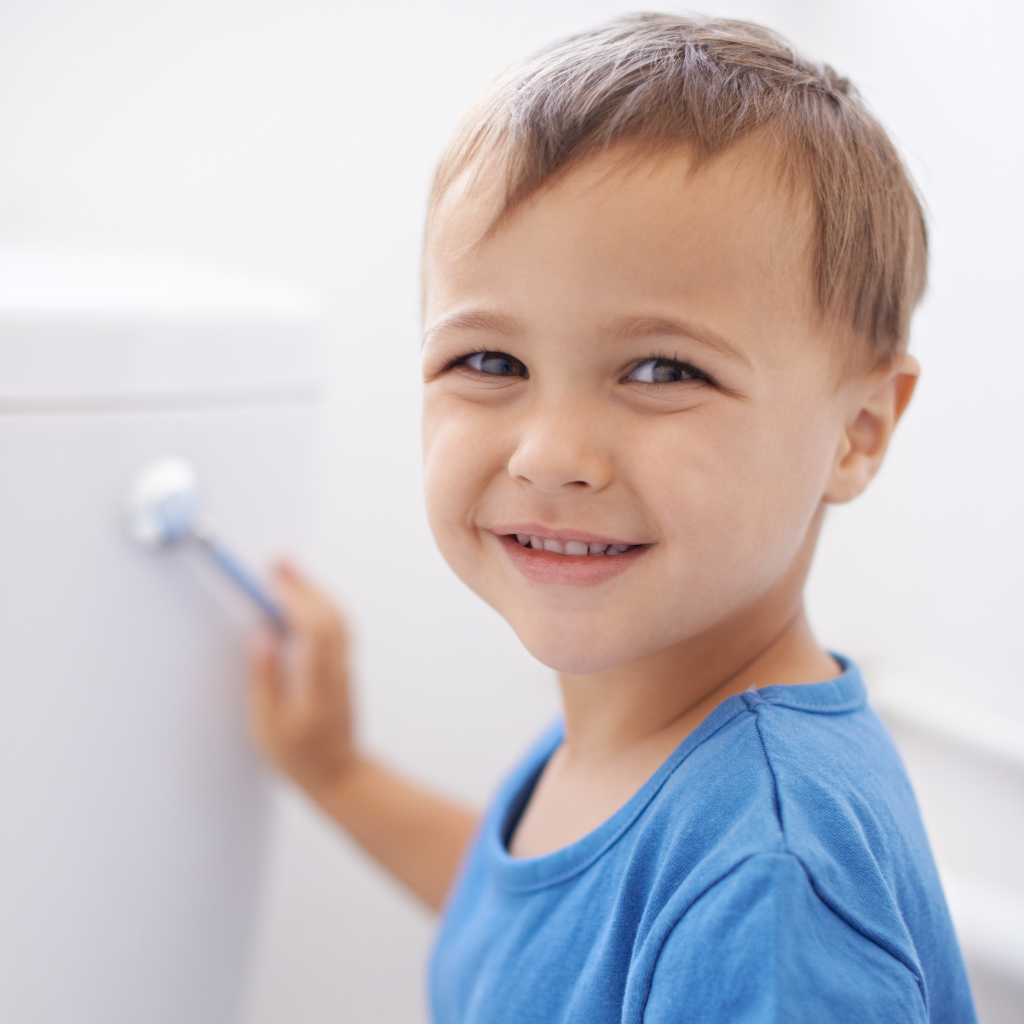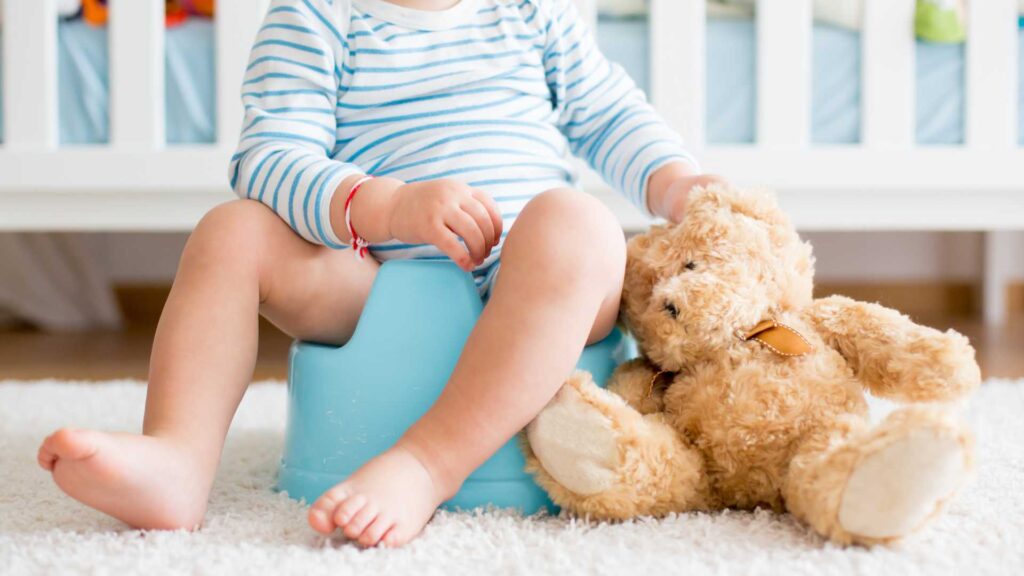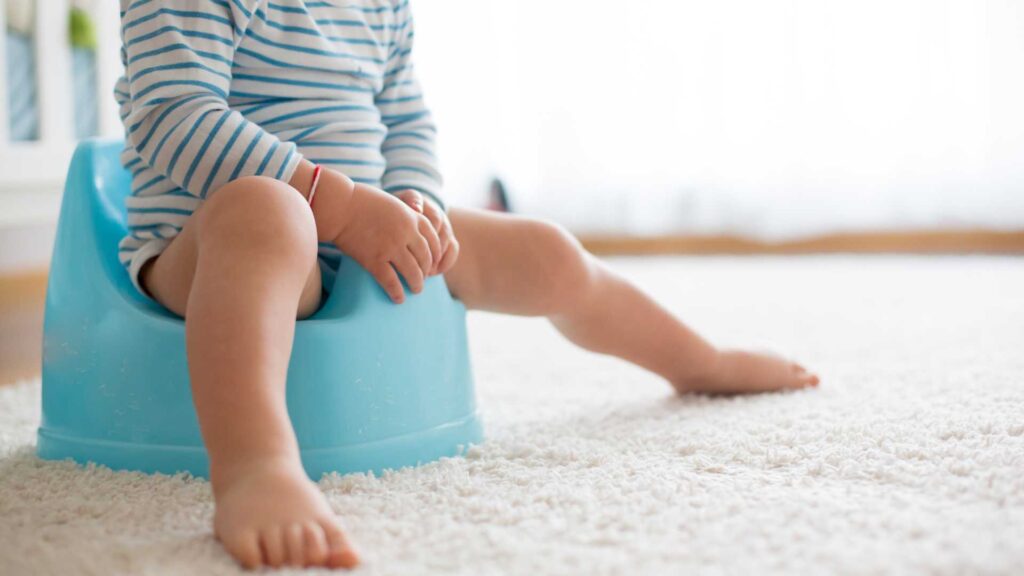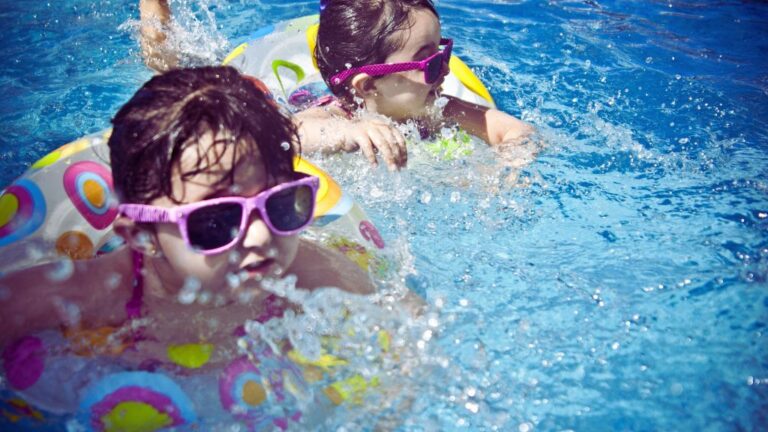Table of Contents
How do you toilet-train a child with autism?
When it comes to supporting a child’s development, autism potty training can be one of the most significant challenges for parents and caregivers of individuals on the spectrum. This process, which may seem simple for some children, requires a structured and patience-filled approach for those on the autism spectrum.
Toilet training for autism, although it requires a personalized approach and special attention, is a fundamental developmental goal for every child that will provide greater independence in their daily lives.
So, how do you toilet-train a child with autism? The answer is not unique, but with the right strategies, such as the use of ABA therapy and a step-by-step plan, it is possible. In this ABA Centers of Washington blog, we will explore the challenges, solutions, and key steps to help families through this critical milestone.
At ABA Centers of Washington, we provide support for families navigating neurodiversity with specialized autism services, such as diagnosis, ABA therapy, and early intervention.
Recognizing the Challenges of Autism Potty Training
Toilet training for autism can be fraught with challenges, primarily due to the characteristics of the disorder. Although each child on the spectrum experiences unique symptoms, some of the most common autism potty training challenges include:
- Sensory Sensitivity: Many children with autism spectrum disorder (ASD) experience hypersensitivity or hyposensitivity, which can make toileting an unpleasant or frightening experience. For example, bright lights, the sound of the toilet flushing, cold water, and the feel of soap on the hands can add stress to autism potty training.
- Communication Difficulties: Expressing the need to go to the bathroom can be complex for a child who has difficulty communicating verbally. For example, toilet training for autism may require verbal skills and understanding of verbal cues to complete the task successfully, presenting additional challenges for nonverbal children.
- Strict routines: Children with autism tend to adhere to routines and may resist the changes involved in learning a new skill, such as using the toilet.
- Anxiety or fear: The noise of the toilet or the sensation of sitting on a different surface may generate anxiety. It is critical to consider phobias in autism potty training to avoid a traumatic experience.
ABA Therapy and Potty Training
ABA (Applied Behavior Analysis) therapy is a powerful tool in potty training with autism. This evidence-based approach uses positive reinforcement techniques to teach new skills and reduce unwanted behaviors.
Studies in the Journal of Developmental and Behavioral Pediatrics identified that children with autism develop independent toileting skills at a later age than neurotypical children. About 50% of children with ASD between the ages of 4 and 5 years have not been toilet trained compared to 8% of typically developing children. These data highlight the need to use professional help, such as ABA therapy, to address the challenges of toilet training with autism.

During ABA therapy sessions, therapists analyze the client’s behavior and design personalized strategies to reinforce desired behaviors and teach new skills.
ABA emphasizes patience, repetition, and breaking tasks into small, simple steps to facilitate the learning process. In addition, ABA therapists work with parents and caregivers to provide tools and resources to promote the child’s continued learning.
In the context of ABA therapy and potty training, this methodology focuses on:
- Identifying dispositional cues: ABA therapists assess whether the child is ready to begin toilet training, considering factors such as regular bowel patterns and the ability to follow simple instructions.
- Creating a personalized plan: Each child is unique, and an ABA therapist designs a plan tailored to individual needs.
- Using positive reinforcement: Celebrating each small success, from sitting on the toilet to communicating the need to go to the bathroom, helps motivate the child.
- Monitoring and adjusting: Therapists analyze progress and make adjustments to address any obstacles that arise.
Toilet Training for Autism: 7 Practical Tips
In addition to ABA therapy support, in this ABA Centers of Washington guide, we walk parents and caregivers through seven practical steps based on ABA strategies to support toilet training for autism:

- Set up the Environment: Create a comfortable and predictable space in the bathroom. Use visual aids, such as pictograms, to explain the steps of the process and post them in a visible place in the bathroom. Also, address any stimuli that may affect your child’s learning, whether it’s using dim, warm lights in the bathroom, putting on a cushioned toilet seat pad, or using unscented soap.
- Establish a Routine: Take your child to the bathroom at consistent times, such as after meals or before bedtime. Establishing a routine to go to the bathroom can decrease stress on the situation and provide predictability to your child.
- Use Positive Reinforcement: Offer immediate rewards, such as praise, a sticker, or a favorite toy, when the child makes progress.
- Simplify the Process: Teach one skill at a time, starting with sitting on the toilet and then progressing to other stages as the child masters each step.
- Use Gradual Desensitization: If your child experiences any fear or anxiety with a specific aspect of toilet training for autism, approach the situation gradually by introducing the elements a little at a time. Allow your child to explore the bathroom without pressure to use it and become familiar with the elements.
- Encourage Communication: If your child with autism has difficulty with verbal communication, offer alternatives such as visual aids to facilitate expression. For example, you can use visual cards to represent the urge to go to the bathroom or a visual schedule. Check out some ideas provided by Autism Speaks.
- Be patient and Consistent: Setbacks are normal during autism potty training. Embrace a positive mindset and keep moving forward. Be consistent and always use the exact simple words to approach toilet training and try to practice in different bathrooms.
- Seek Support: If you encounter difficulties, an ABA therapist can help you implement personalized and effective strategies.
Access ABA Therapy and Potty Training with ABA Centers of Washington
Autism potty training can be a challenging process, but it is also an opportunity to strengthen the bond between the child and their caregivers. With the help of ABA therapy, proper planning, and lots of patience, your kiddo can achieve this goal.
If you have questions or need additional support, don’t hesitate to contact ABA Centers of Washington. Call us at (877) 554-0710 or connect online! Remember: every little step counts, and being there for your child is the most significant accomplishment.








